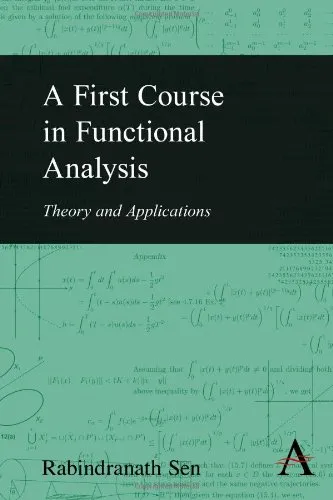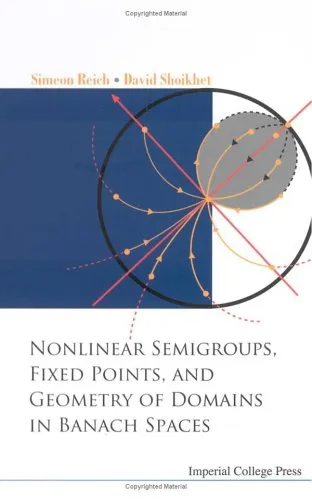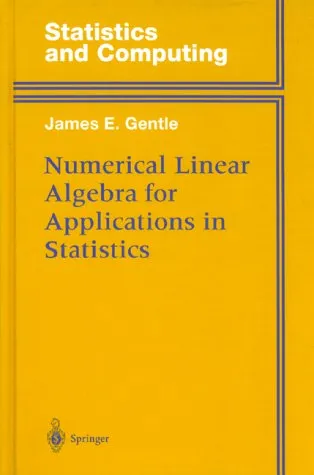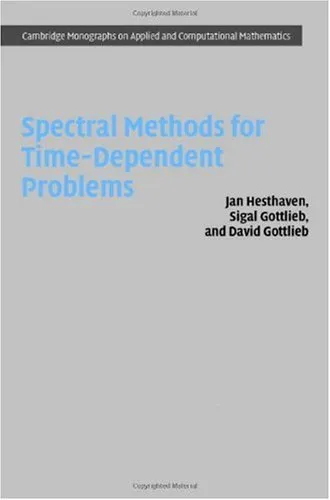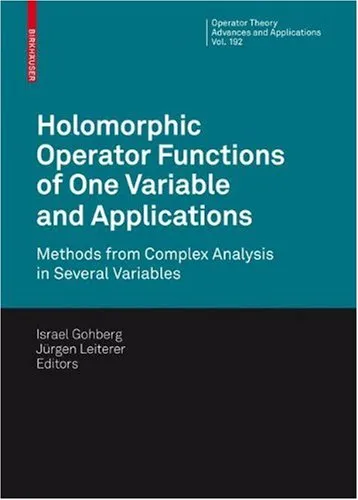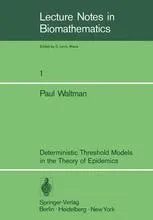Nonlinear PDEs: Mathematical Models in Biology, Chemistry and Population Genetics
4.5
Reviews from our users

You Can Ask your questions from this book's AI after Login
Each download or ask from book AI costs 2 points. To earn more free points, please visit the Points Guide Page and complete some valuable actions.Related Refrences:
Introduction to "Nonlinear PDEs: Mathematical Models in Biology, Chemistry and Population Genetics"
Welcome to an in-depth exploration of nonlinear partial differential equations (PDEs) and their profound applications in mathematical modeling. Understanding the pivotal roles these mathematical structures play in describing diverse natural phenomena is the cornerstone of this book, co-authored by Marius Ghergu and Vicenţiu D. Rӑdulescu. Designed for researchers, students, and interdisciplinary professionals, the book provides a seamless integration of theory, methodologies, and application-focused examples. From biology and population genetics to the complexities of chemical reactions, this book bridges the gap between abstract mathematics and real-world problems.
Detailed Summary of the Book
"Nonlinear PDEs: Mathematical Models in Biology, Chemistry and Population Genetics" introduces readers to the intricate and fascinating world of nonlinear partial differential equations, emphasizing their relevance in describing complex phenomena. Beginning with a foundational overview, the book delves into specific classes of PDEs, focusing on their theoretical grounding, methods of solutions, and engineering implications. A key strength of this book lies in its ability to demonstrate the utility of nonlinear PDEs in diverse areas such as reaction-diffusion systems, population dynamics, and morphogenesis.
The authors offer clarity of exposition by building the mathematical tools systematically. The book progresses from introductory definitions and essential concepts to advanced problems and analytical techniques. Notable models featured in this book include the Fisher-KPP equation used in studying population genetics and the Turing model of reaction-diffusion equations, crucial in understanding pattern formation. Additionally, the chemical contexts explore reaction rates and bistability phenomena, showcasing how chemical dynamics can be mathematically modeled and understood.
Throughout the text, Ghergu and Rӑdulescu maintain an interdisciplinary approach, ensuring that readers from fields beyond pure mathematics can grasp and apply the concepts. These models and equations are not merely discussed in isolation but are placed within the framework of real-world systems, providing a profound understanding of nature’s complexities. The book ends with open research questions and potential directions for exploration, providing inspiration for future work in both mathematics and applied sciences.
Key Takeaways
- A comprehensive understanding of nonlinear partial differential equations and their classifications.
- Real-world applications that link mathematical theory to complex systems in biology, chemistry, and genetics.
- Step-by-step mathematical derivations that make advanced topics accessible to readers from various backgrounds.
- Insights into fundamental models, such as the Fisher-KPP equation, Turing patterns, and Lotka-Volterra dynamics.
- Interdisciplinary methodologies for tackling modern research challenges in population dynamics and chemical processes.
Famous Quotes from the Book
"Mathematics is not just a language for describing the natural world; it is a tool for uncovering the underlying principles that govern it."
"The power of nonlinear PDEs lies in their ability to model complex systems, offering profound insights into the interplay between structure and behavior."
Why This Book Matters
This book holds immense value for a wide array of professionals ranging from mathematicians and biologists to chemists and geneticists. In contemporary scientific research, understanding nonlinear systems is indispensable. These systems often defy linear approximations, necessitating advanced tools such as nonlinear PDEs for accurate analysis. By presenting the theoretical underpinnings alongside practical examples, this book equips readers with a dual perspective: rigorous mathematical reasoning and real-world applicability.
Furthermore, this text reflects the growing trend of interdisciplinary research. It underscores how the synergy between seemingly disparate fields allows for tackling scientific puzzles that single-discipline approaches might fail to resolve. The clear writing, structured problem-solving frameworks, and focus on significant applications make it a timeless resource for anyone engaged in modeling sciences.
The book's contributions extend beyond academics. By fostering a deeper understanding of natural patterns and processes in biology and chemistry, it paves the way for innovations in fields like biotechnology, environmental sustainability, and medical research—critical domains in today’s world.
Free Direct Download
You Can Download this book after Login
Accessing books through legal platforms and public libraries not only supports the rights of authors and publishers but also contributes to the sustainability of reading culture. Before downloading, please take a moment to consider these options.
Find this book on other platforms:
WorldCat helps you find books in libraries worldwide.
See ratings, reviews, and discussions on Goodreads.
Find and buy rare or used books on AbeBooks.
1397
بازدید4.5
امتیاز0
نظر98%
رضایتReviews:
4.5
Based on 0 users review
Questions & Answers
Ask questions about this book or help others by answering
No questions yet. Be the first to ask!

